The villages of Braies, Villabassa, Dobbiaco, San Candido and Sesto have plenty to offer culture lovers and families
Must-see sights in Alta Pusteria include Lake Braies, the Three Peaks and the collegiate church in San Candido.
In Alta Pusteria, the land of the Three Peaks, there are various sights and great destinations for families, nature lovers and visitors interested in local culture. In addition to unique natural landmarks, you will find numerous interesting churches, chapels, castles and museums here.
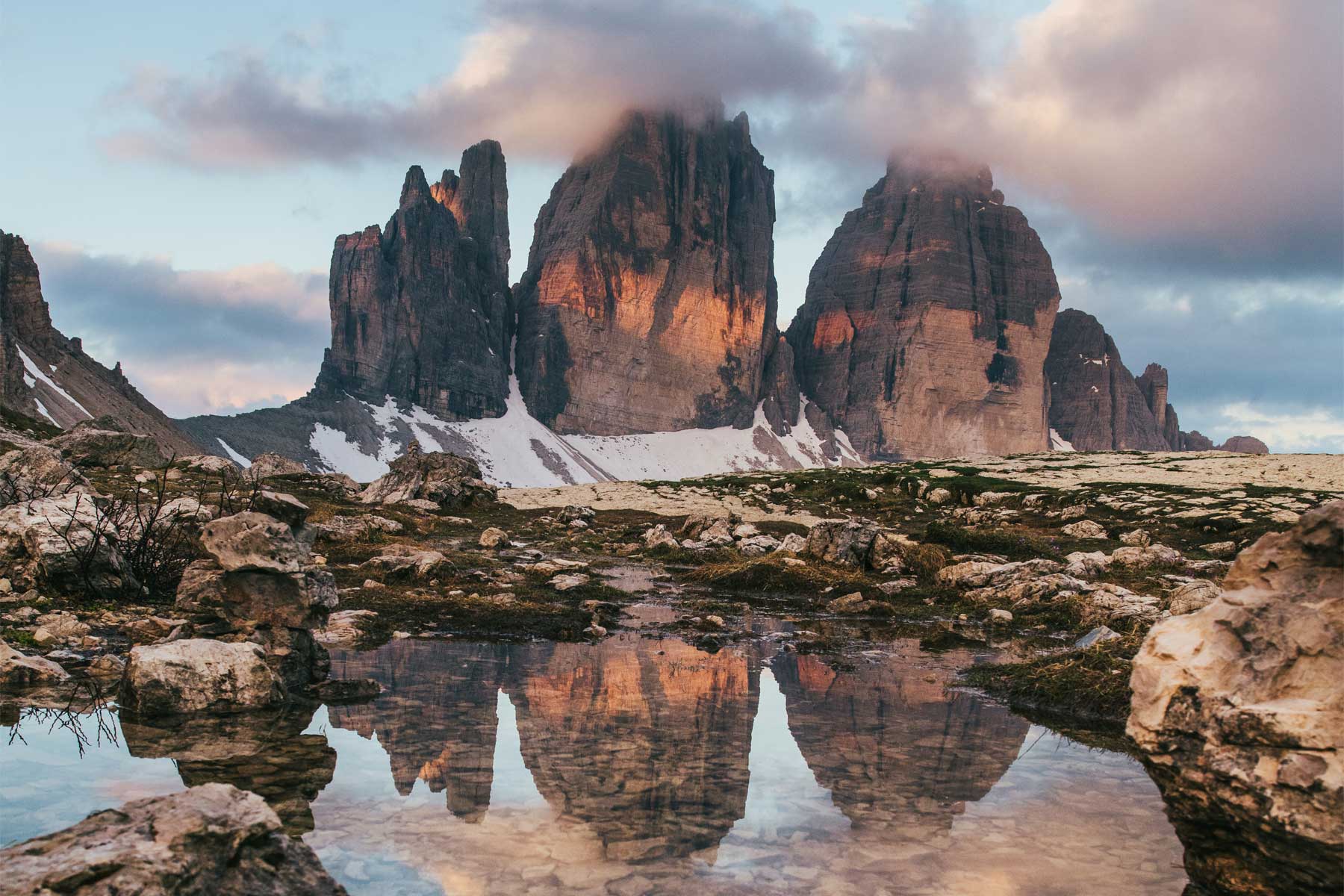
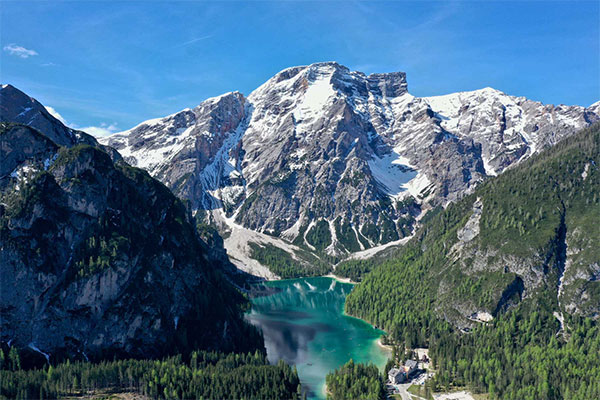
Lake Braies, which is located at the foot of the Sasso della Porta and the Braies Dolomites, is worth a visit all year round. In spring, summer and autumn, the mountain lake captivates with its blue and emerald-green waters, but even in winter the frozen lake exudes a very special flair.
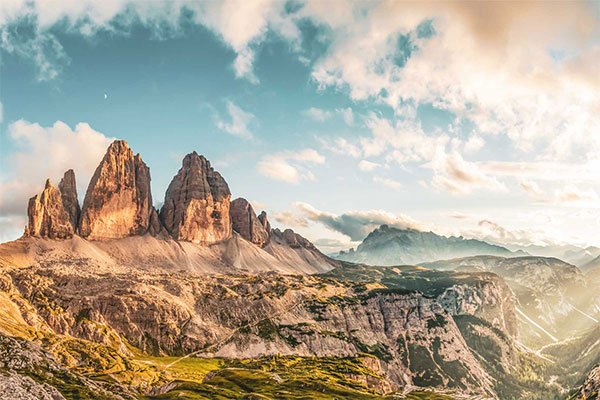
The Three Peaks are considered landmarks of Alta Pusteria and the Dolomites UNESCO World Heritage Site. Anyone spending a holiday in Alta Pusteria in the east of South Tyrol, should absolutely make sure they allow themselves to be enchanted by the unique character of this group of mountains up close.
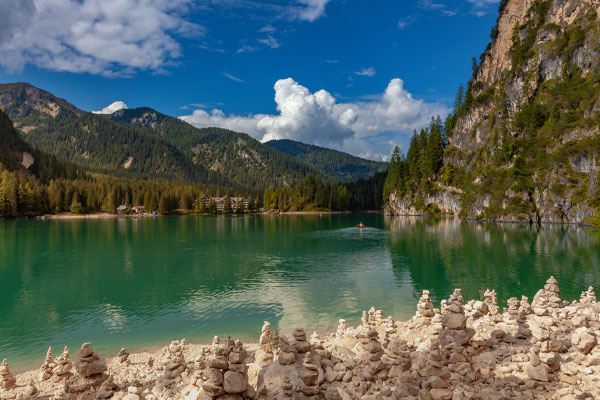
The rocks on the Prato Piazza pasture, part of the Fanes - Senes - Braies Nature Park, have interesting sketch-like pieces of art on them, naturally created by water instead of by human hand. They are erosion phenomena and testament to the continuous work of the water.
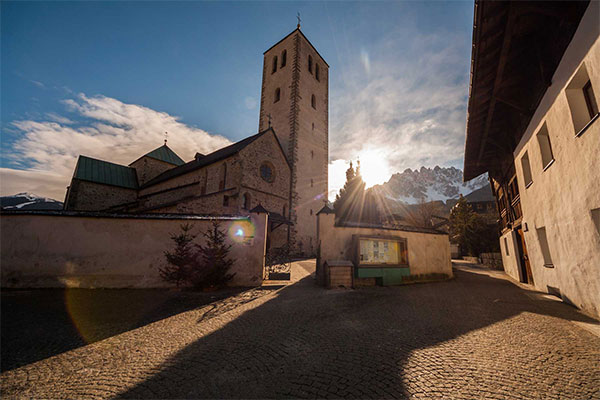
The Collegiate Church of San Candido is the most beautiful, Romanesque style religious building in the Eastern Alps. St. Candidus and St. Korbinian are the church’s patron saints. The church of today was built around 1280, the bell tower was added in 1326. The monumental stone walls are reminiscent of the fortress style favoured by the Crusaders and the many castles built during the time of the House of Staufen dynasty. The crucifixion scene is especially worth seeing, one of the most significant examples of medieval sculpture.
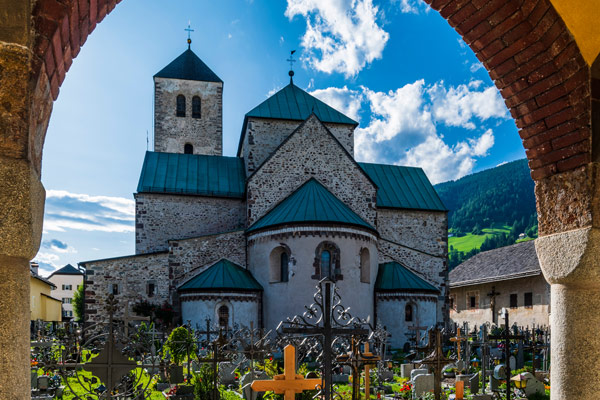
The Collegiate Church Museum is located in the shadows of the San Candido Collegiate Church itself. On display are various religious works of art and books dating from the 15th to the 18th centuries, a precious collection of manuscripts, the church's valuable treasury as well as the chapter house, the library, the archives and the librarian's quarters.
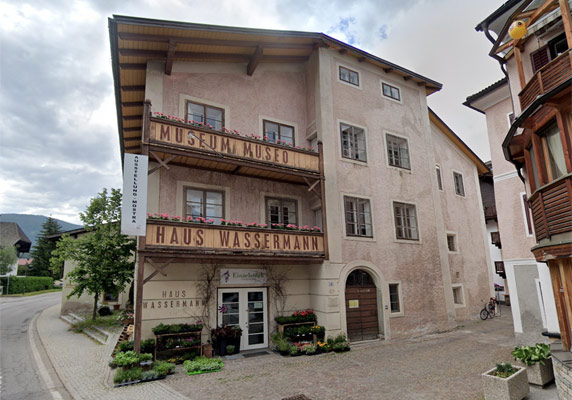
The Haus Wasserman Tourism Museum in Villabassa documents the history of tourism from its beginning up to the tourism seen in Alta Pusteria today. The historic building served as the residence of the aristocratic Von Kurz family in the 15th century and is a worthwhile destination for all those interested in history and culture today.
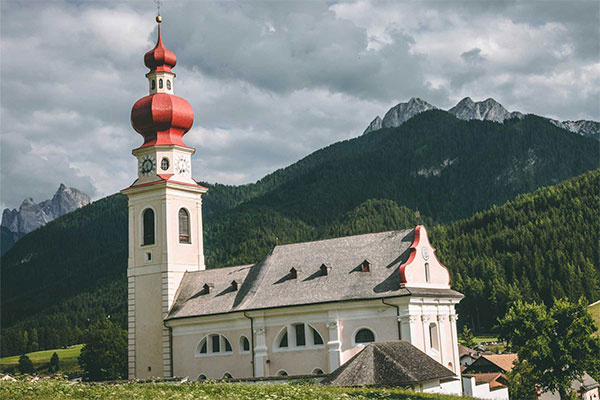
The Parish Church of St. Stefano in Villabassa is a late baroque building, which dates back to 1796. Particularly worth seeing is the Gothic style double chapel from the 15th century, which is one of the oldest buildings in Val Pusteria. It consists of a chapel of rest, with a fresco by Simon von Taisten, and the Anna Chapel.
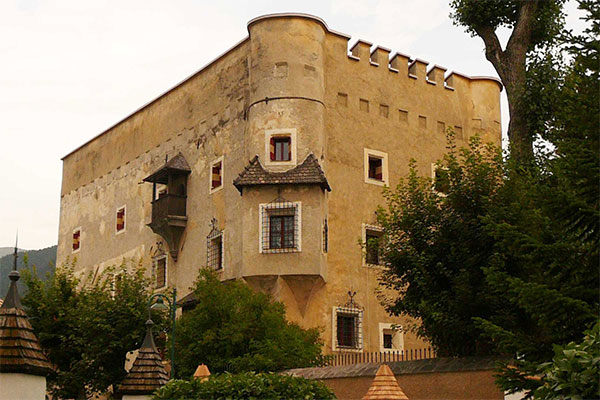
Herbstenburg Castle is located just behind the cemetery of Dobbiaco’s parish church. The castle was acquired by the brothers Kaspar and Christoph Herbst zu Herbstenburg as a seat of authority in 1500 and then converted into a fortified settlement. Today the residence is privately owned by an aristocratic family.
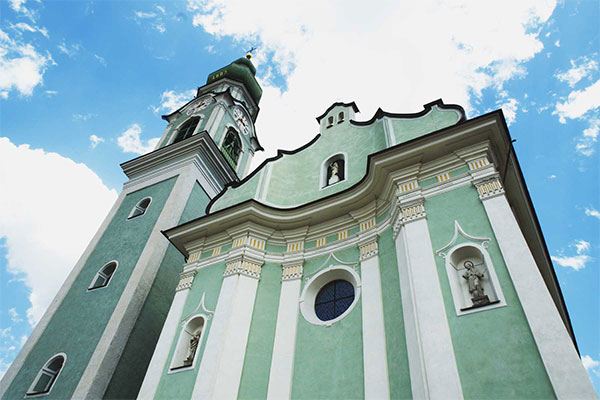
The Parish Church of St. Giovanni Battista in Dobbiaco is the most impressive baroque church in Val Pusteria. The church was built between 1764 and 1774 on the foundations of a Roman, and later Gothic church, and was then completed in 1804 with a 76 m tall bell tower.

The Rudolf-Stolz Museum in Sesto houses 160 works of art by the artist Rudolf Stolz on display (1874 - 1960). The self-taught artist from the first half of the 20th century is considered the second most influential Tyrolean artist behind the artist Egger-Lienz. He especially loved to sketch images of the Holy Madonna.





























